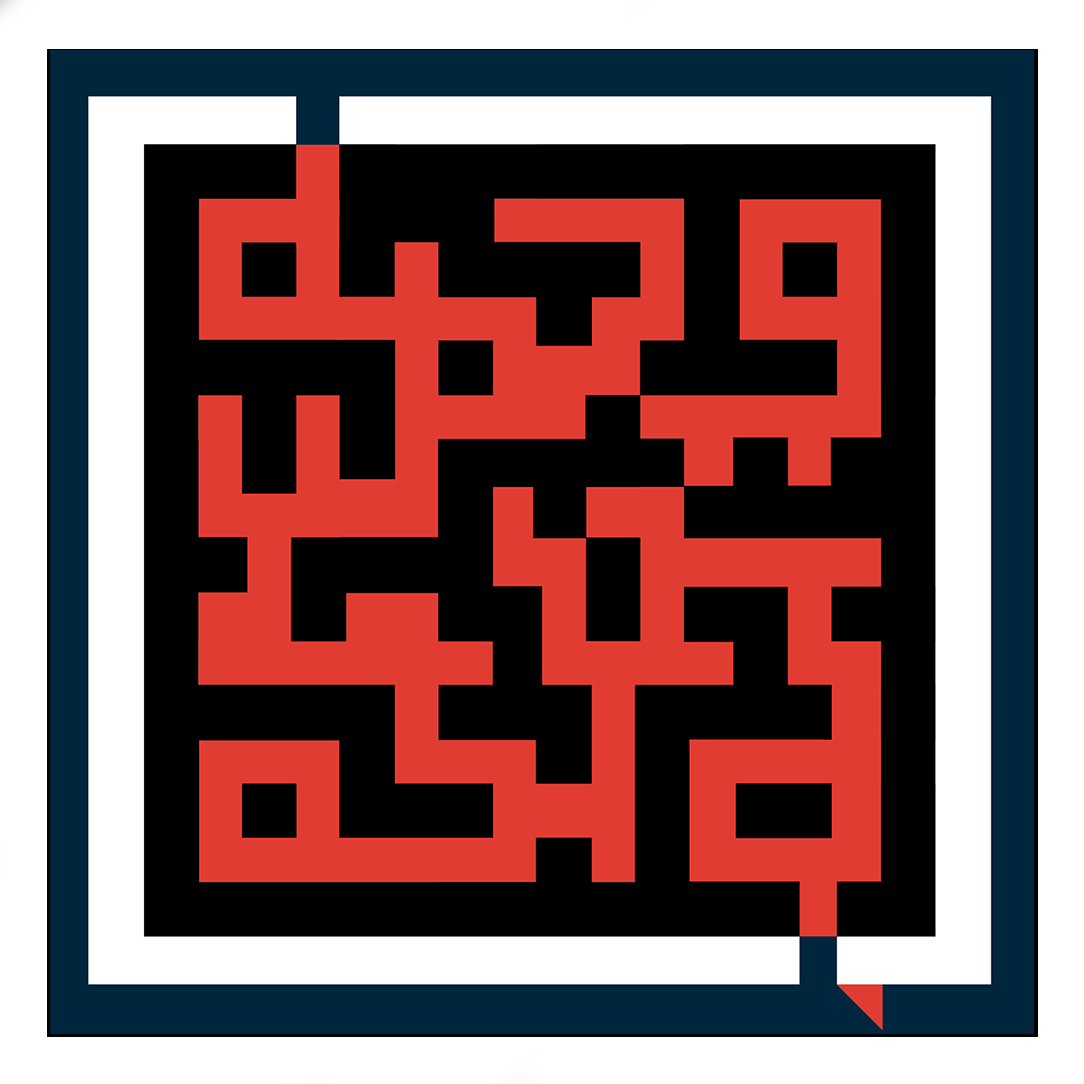The Skies are Free
By repealing the drones regulations it passed just 4 months previously the government has demonstrated that it is willing to listen to public feedback and promote a more business friendly regulatory framework. What is critical is for the new regulations to carefully define the airspace map for drone operations and to remove the penal consequences that the new framework has imposed.
